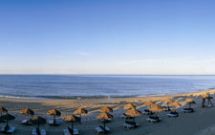Tejo Wine Route

The region where “Tejo Wines” are produced is a vast area crossed by the river that gives it its name. Many shades of green mark the landscape and are reflected in the large sheet of water that cyclically breaks the banks, making the surrounding fields more fertile. .
As it travels through the territory, the River Tejo (Tagus) influences the climate and agricultural land, creating conditions for the growth of vineyards in three different terroirs. To the northwest, between the Tejo Valley and the foothills of the Candeeiros and Montejunto uplands, the “bairro" (neighbourhood) is an ideal area for growing red grape varieties. In the extensive plains next to the river, subject to periodic flooding, the "campo" (countryside) is the prime area for the production of white wines. Farther south, on the left bank, the "charneca" (heath) has sandy soils where both red and white wines are produced. The region's variety of nectars is also complemented by rosés, sparkling and semi-sparkling wines and liqueur wines, which are made with grape varieties such as Fernão Pires, Arinto, Chardonnay and Sauvignon.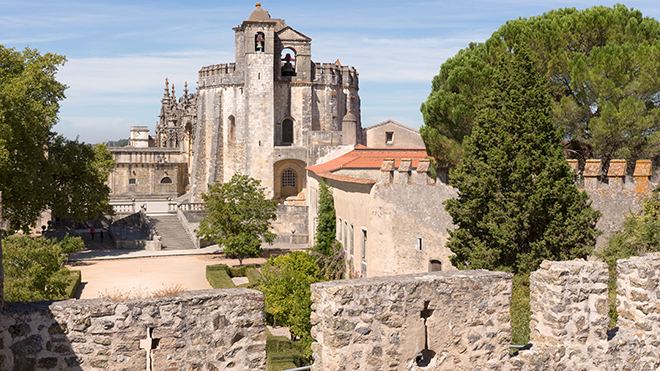
Convento de Cristo © Shutterstok_kelifamily
Wine production in the Ribatejo region is thought to date well back into the mists of time, perhaps to 2,000 BC. But what is certain is that the region was already referred to as a wine producer in the charter granted to Santarém in 1170 by D. Afonso Henriques, the first King of Portugal (some decades after the founding of Portugal in 1143). Some of the region’s most important monuments date back to the 12th century, including the castle and convent of Cristo de Tomar and the castles of Santarém, Abrantes and Torres Novas, which played a major role in the formation of Portugal and Portuguese nationality. The wealth of historical heritage spans several centuries and styles, with the Gothic in Santarém being particularly noteworthy.
Wine production was not always constant and enjoyed a considerable boost in the last decades of the 20th century thanks to official recognition that allowed bottles to bear the designations “DOC” (Controlled Designation of Origin) or “IGP” (Protected Geographical Indication).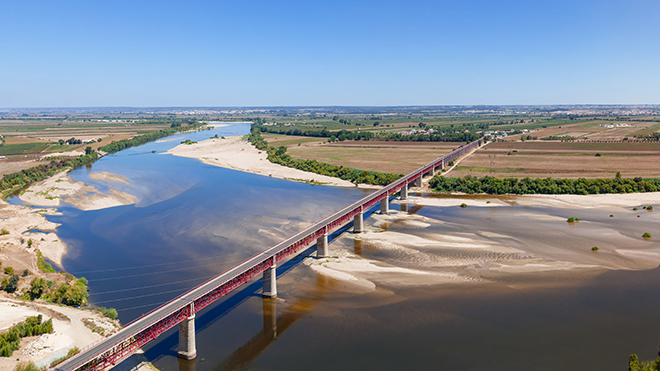
Lezíria do Tejo © AT_RI_StockPhotoArt
To discover the essence of the region and its wines, a tour along National Road 118, designated as the Tejo Wine Route 118, is suggested. Stretching along some 150 km on the left bank of the River Tejo, it crosses seven municipalities: Abrantes, Constância, Chamusca, Alpiarça, Almeirim, Salvaterra de Magos and Benavente. You can visit several producers to taste and buy wines or visit vineyards and wineries. In some cases, they provide meals and accommodation, which you should book in advance to ensure availability at the best price.
In this territory with strong agricultural and livestock traditions, one of the most prominent activities is the breeding of horses and bulls, celebrated at events such as the Feira do Cavalo (Horse Fair) in Golegã and the Feira da Agricultura (Agriculture Fair) in Santarém. Equestrian art has deep-rooted traditions and horseback riding and outings are activities you can try. Boat trips are another suggestion, either for birdwatching or simply to enjoy the breathtaking views of the river and discover the “Avieiras” fishing villages, such as Escaroupim or Palhota.
No visit would be complete without trying the tasty cuisine including stand-out meat and freshwater fish dishes. They pair beautifully with Tejo Wines and are complemented by delicious egg-based sweets such as Fatias de Tomar and Tigeladas de Abrantes.


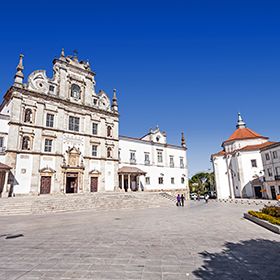
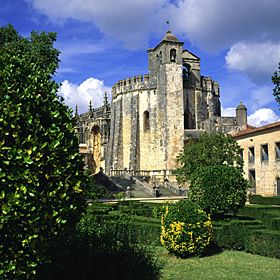
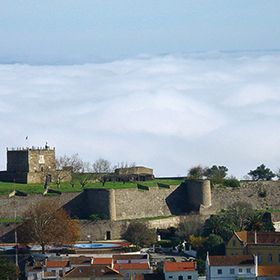

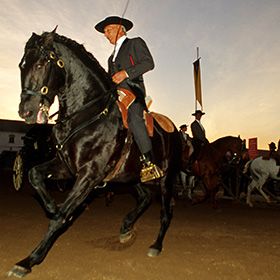
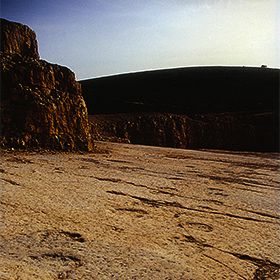
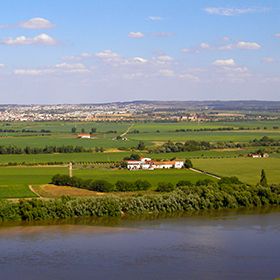
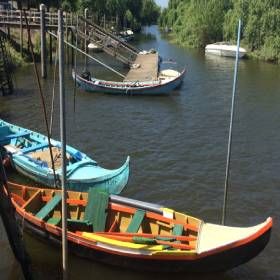

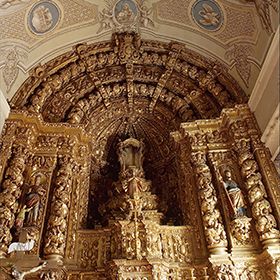
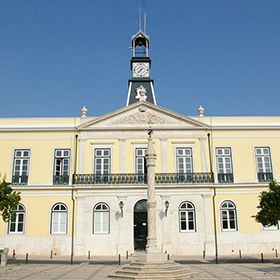
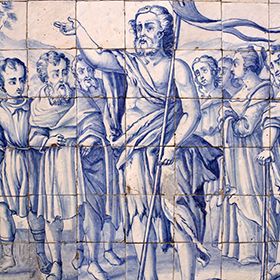
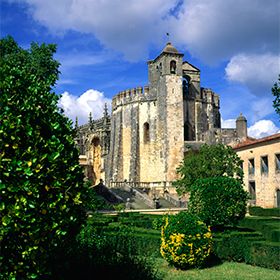
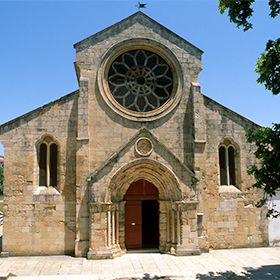
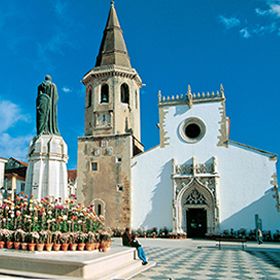

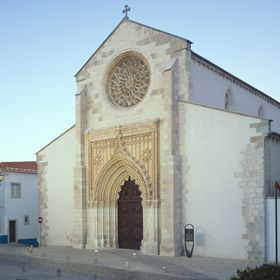
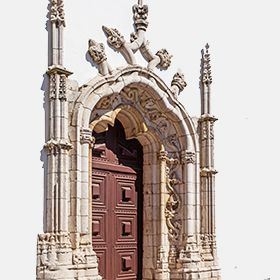
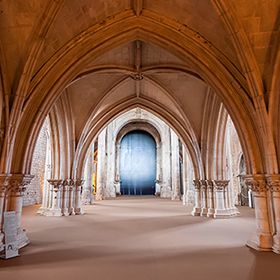
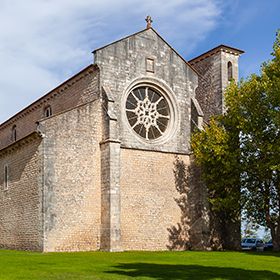
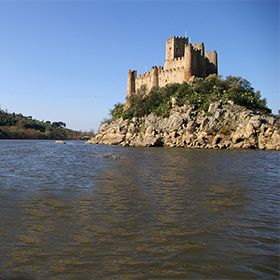
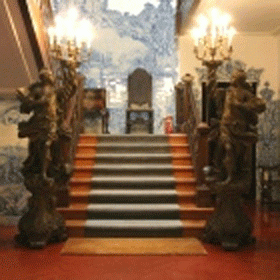
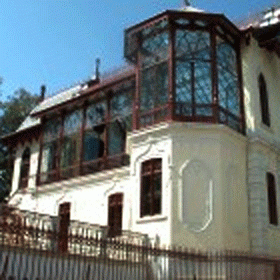
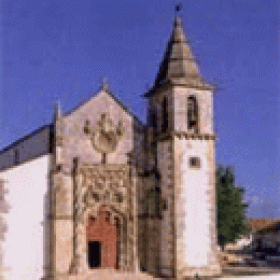
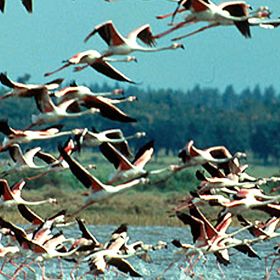
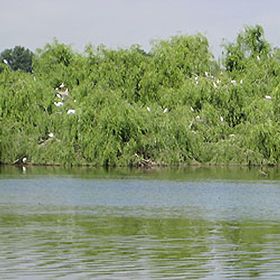
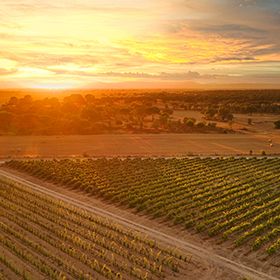
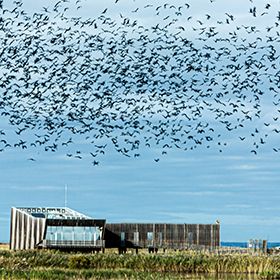




 Explore
Explore 
 Remember and Share
Remember and Share 

